Over 50% of Your Beauty Products May Contain Hidden Ingredients

What if I told you that most beauty products contain hidden ingredients? Ingredients like harsh and potentially harmful chemicals that legally don’t need to be listed on product labels. Would you believe me?
There's a hidden loophole in the beauty industry that most consumers are blissfully unaware of. It primarily affects skincare, makeup, and fragrance products. Brands aren't required to disclose all ingredients if they fall under ‘fragrance,’ ‘perfume,’ or ‘parfum.’ This means that a single word like 'perfume' on a label can mask hundreds of unlisted chemicals. The result? Consumers are often in the dark about the full chemical cocktail they’re applying to their skin.
A Case Study on The Hidden Ingredients in Beauty Products
To uncover the extent of this issue, we conducted a case study of beauty retailers in Australia in June 2024. We analysed ten random beauty products from each retailer to see how many contained hidden ingredients.

Even clean beauty retailers were not exempt; 30% of their products contained hidden ingredients. This raises a critical question: how can a retailer truly claim to be clean if they don't know all the ingredients? This is why we created BAMBII.
There’s too much misinformation and misleading marketing. Many retailers label themselves as clean by excluding just a few ingredients. At BAMBII, we've made it our mission to uphold the highest standards, ensuring 0% hidden ingredients. Our commitment to transparency sets us apart, providing consumers with the honest and clean beauty they deserve. Explore our extensive standards here.
The Hidden Dangers of Forever Chemicals in Cosmetics
So why is it crucial to avoid products with hidden ingredients?
A US study found that over 50% of sampled cosmetics harbored alarming levels of perilous PFAS, also known as Forever Chemicals. Shockingly, only 8% of these products listed PFAS as an ingredient, thanks to lax regulatory requirements [5].

PFAS, or per- and polyfluoroalkyl substances, are highly toxic fluorinated chemicals notorious for their persistence in our bodies and inability to breakdown in our environment. Linked to cancers, thyroid disease, altered hormone levels, reduced kidney function, and lower birth weight in babies, PFAS are a stealthy menace. They are found in:
- Foundation and Concealers: Enhance spreadability and longevity.
- Mascara and Eyeliner: Provide water-resistant and smudge-proof characteristics.
- Lipsticks and Lip Glosses: Increase durability and staying power.
- Moisturizers and Lotions: Ensure a smooth, uniform application.
- Hair Care Products: Offer humidity resistance and sleekness.
Forever Chemicals PFAS Contamination in Australian Waterways
Ironically, while writing this, news broke about alarming PFAS levels in Australian waterways. A study by the University of New South Wales revealed significant contamination in the country's groundwater, with 69% of samples exceeding safe drinking water limits and 32% surpassing proposed U.S. hazard indexes. Australia emerged as a PFAS hotspot compared to the rest of the world [3].
Despite the Australian government saying there is no risk to human health, New Zealand plans to ban PFAS, the EU is phasing them out, and some U.S. states have restricted their use. Australia will implement new controls from July 1, 2025, potentially limiting or banning PFOS, PFOA, and PFHxS [3].
Discover more about PFAS Forever Chemicals in everyday household products at consumernotice.org

The Impact of Phthalates in Everyday Products
Phthalates, another group of chemicals, are found in many consumer products. In cosmetics, dibutyl phthalate is used in nail polish, diethyl phthalate in perfumes and lotions, and dimethyl phthalate in hair spray. Despite links to health issues like male genital birth defects and decreased sperm counts in animal studies, phthalates are often not listed on product labels.
A CDC study in 2004 found that 97% of 2,540 tested individuals had been exposed to one or more phthalates. Research from the Harvard School of Public Health also found a correlation between urinary phthalate levels and DNA damage in human sperm [4].
Industry vs. Environmental Groups: The Controversy
So why aren’t these ingredients banned? The Cosmetic Ingredient Review panel, sponsored by the Cosmetic, Toiletry, and Fragrance Association, claims the current use of phthalates in cosmetics is safe, arguing that human exposure levels are too low to cause harm. However, environmental groups emphasise the risks of chronic low-level exposure [4].
Elizabeth Sword, executive director of the nonprofit Children’s Health Environmental Coalition, states;
“In my view, there is sufficient evidence to pique my concern, not only as a parent but as the executive director of this organisation, to circulate this information directly to parents in a way that they can then make the healthiest decisions.” [4]
Consumers are left in a difficult position, unable to make fully informed decisions due to industry trade secrets and undisclosed formulations.
How to Choose Safer Beauty Products
Navigating the beauty aisle can be overwhelming, but here are some tips to help you choose safer products:
- Short Ingredient Lists: Be wary of products with long ingredient lists.
- Avoid Generic ‘Fragrances’ Ingredient labelling: Stay away from products listing ‘parfum,’ ‘fragrance,’ or ‘perfume.’
- Check for Harmful Chemicals: Look out for common harmful chemicals like formaldehyde, ethylene oxide, 1,4-dioxane, and benzene.
- The Dirty Dozen: Familiarise yourself with the “dirty dozen" harmful chemicals to avoid [2]:
- BHA and BHT
- Coal tar dyes (p-phenylenediamine and colours listed as “CI” followed by a five-digit number)
- DEA-related ingredients
- Dibutyl phthalate
- Formaldehyde-releasing preservatives
- Parabens
- Parfum (a.k.a. fragrance)
- 1,4-dioxane
- Petrolatum
- Siloxanes
- Sodium laureth sulfate
- Triclosan
All these chemicals are excluded from BAMBII’s products.
Conclusion
The Australian case study underscores the importance of being an informed consumer. Hidden ingredients in beauty products pose a real problem, and awareness is the first step toward safer choices. By understanding what to look for and what to avoid, you can make more informed decisions and protect your health.
In a world where transparency is key, demanding full ingredient disclosure and opting for brands committed to clean beauty standards can make a significant difference. Stay informed, stay safe, and choose wisely.
Consideration: This case study was conducted on 10 products, so the total business percentage may vary when analysing all products. Note that hidden ingredients are mostly found in skincare and fragrances. The Body Shop, for instance, might have a higher percentage due to their extensive skincare range.
References:
[1] Green Science Policy Institution, 'PFAS in Cosmetics', June 15, 2021.
[2] David Suzuki Foundation. 'The Dirty Dozen cosmetic chemicals to avoid.' October 2010.
[3] The Guardian. Tory Shepherd, 'Australia among hotspots for toxic 'forever chemicals': study of PFAS levels finds.' April 9, 2024.
[4] Environ Health Perspect, Julia R Barrett, ‘Chemical Exposures: The Ugly Side of Beauty Products’, Jan 2005.
[5] Harvard graduate school of arts and science, Kenneth C. Griffin'The Ugly Truth about Beauty Products', July 29, 2021.
[6] Environmental Toxicology and Chemistry, Suzanne E. Fenton, Alan Ducatman, Alan Boobis, Jamie C. DeWitt, Christopher Lau, Carla Ng, James S. Smith, Stephen M. Roberts. Per- and Polyfluoroalkyl Substance Toxicity and Human Health Review: Current State of Knowledge and Strategies for Informing Future Research, 1, March, 2020.



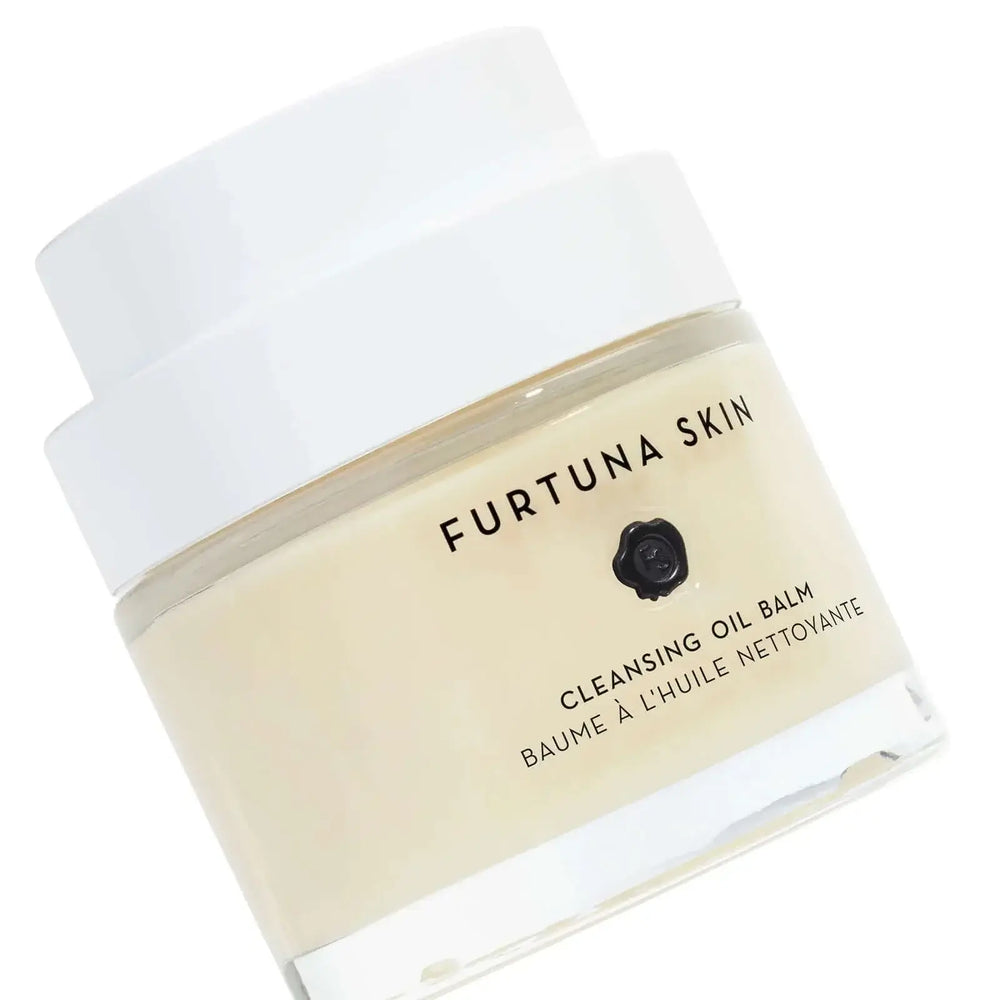



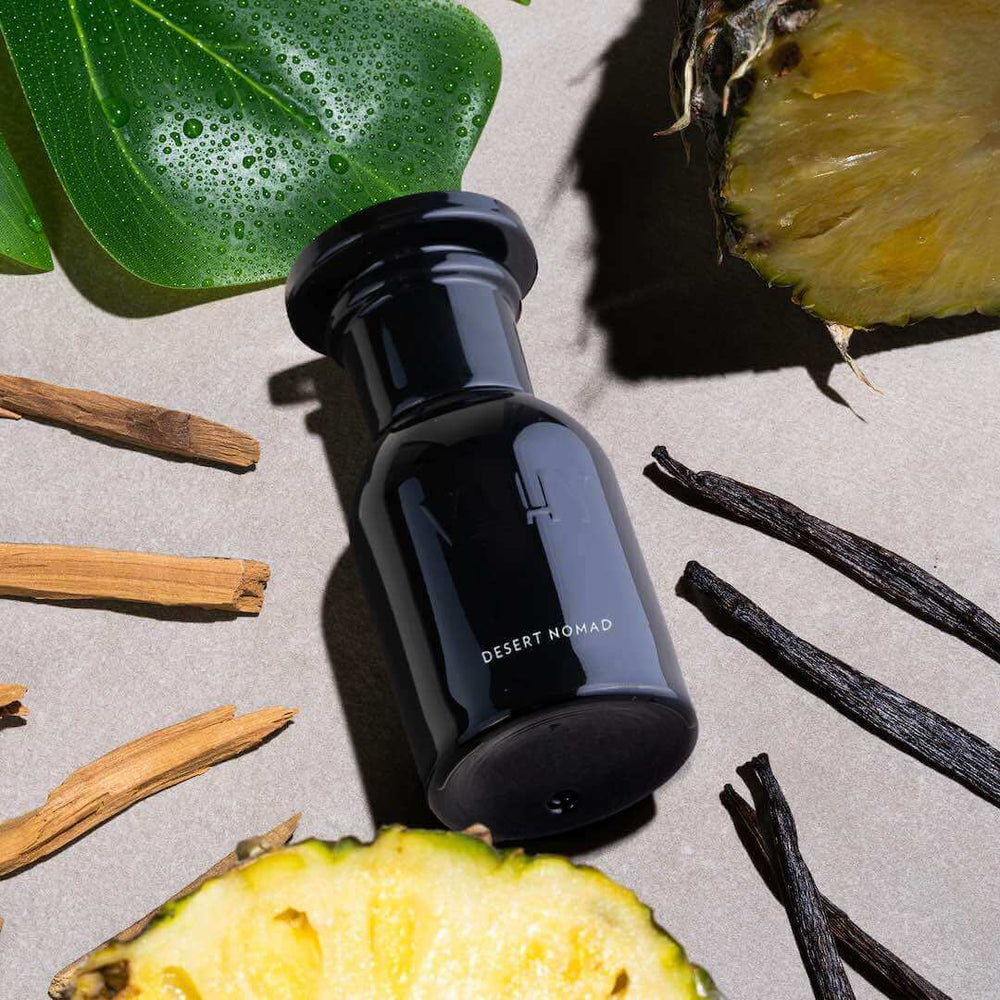



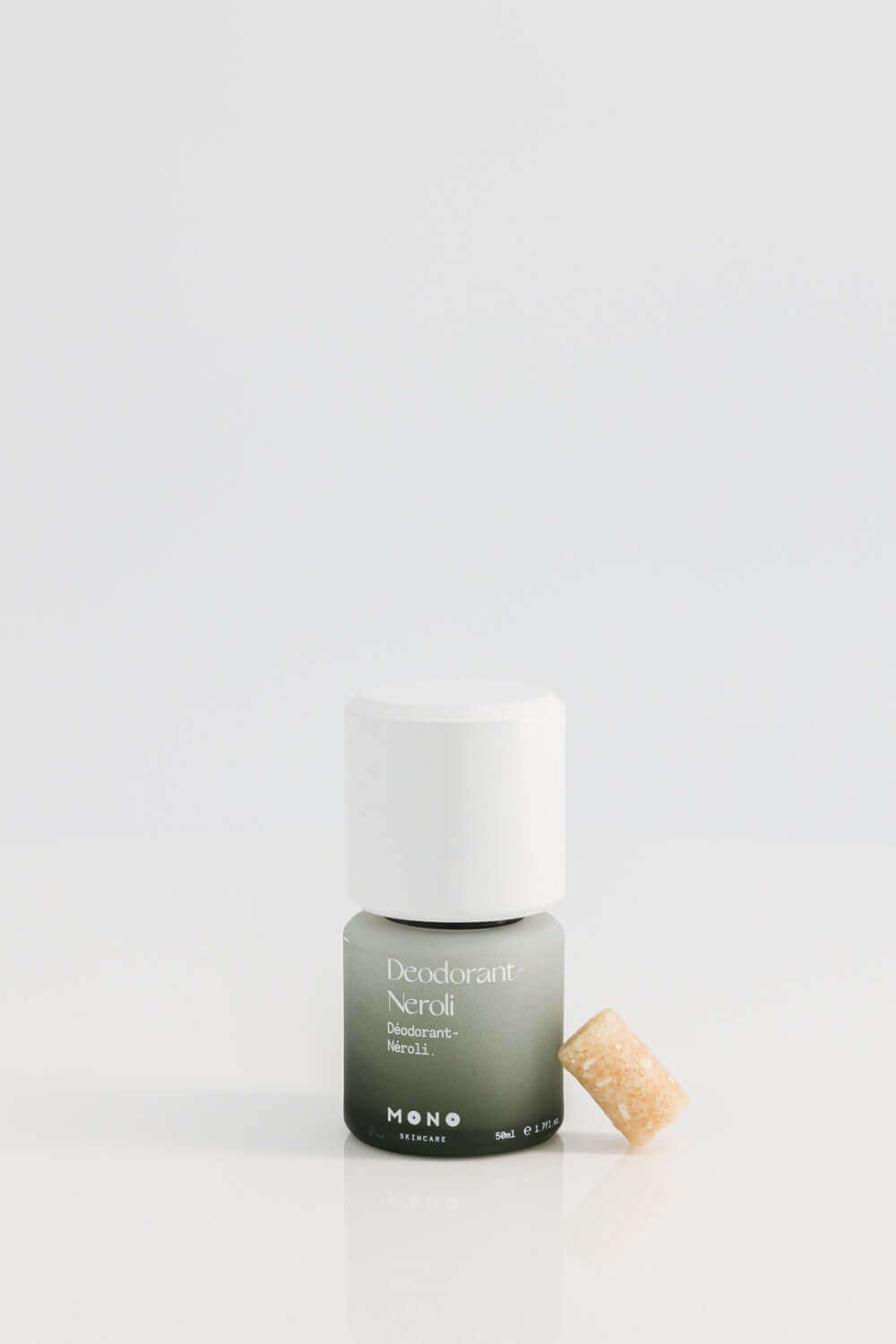


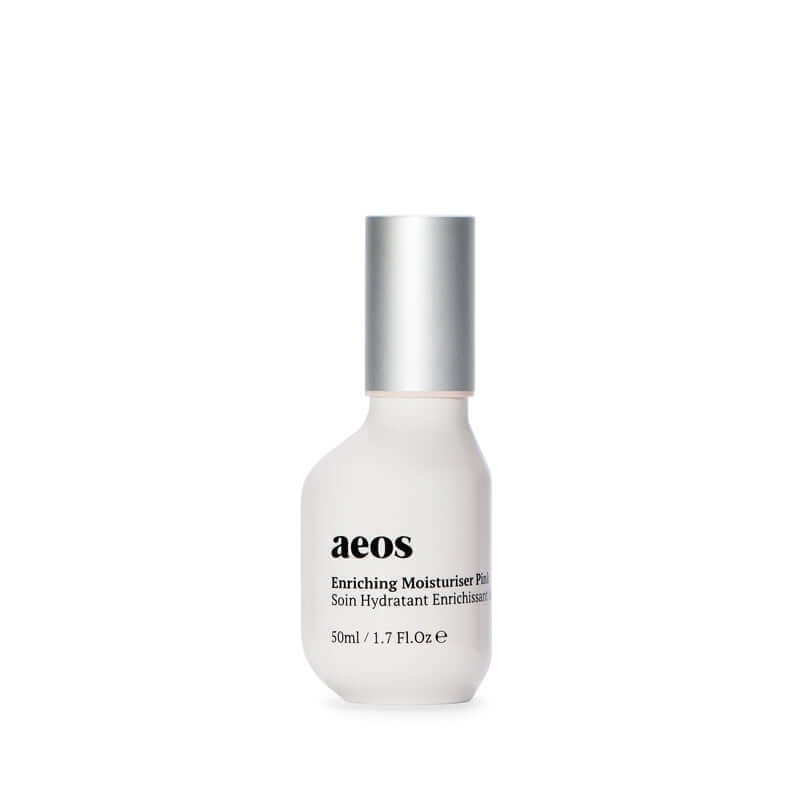
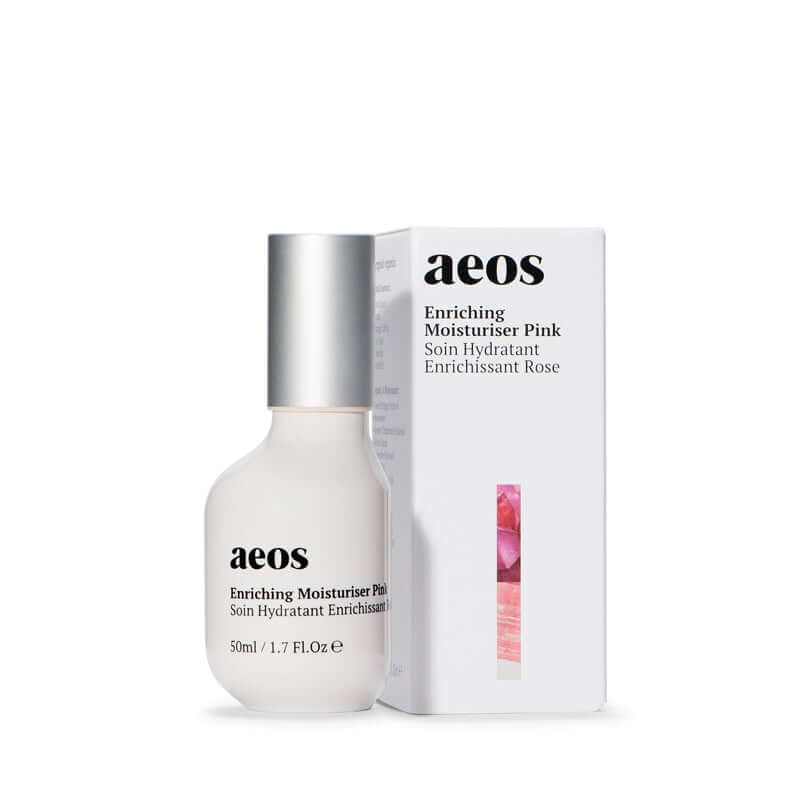

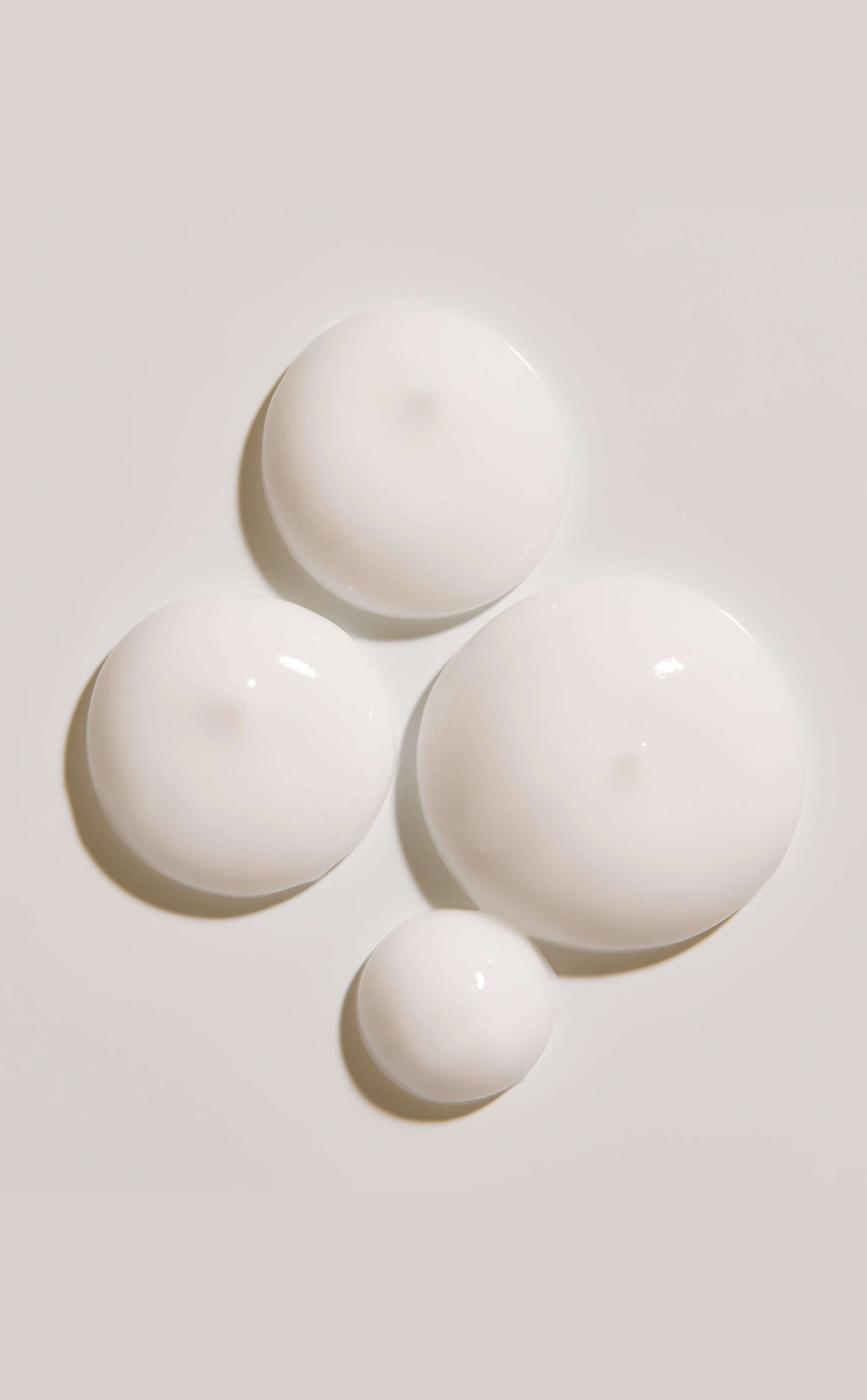


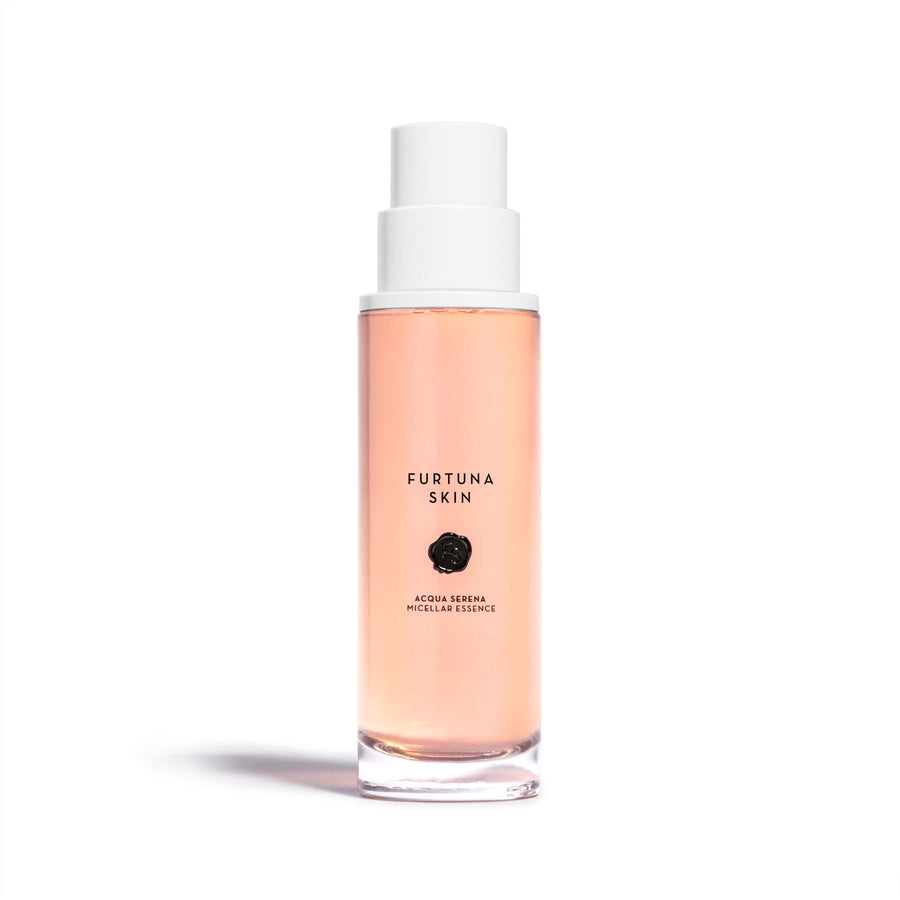
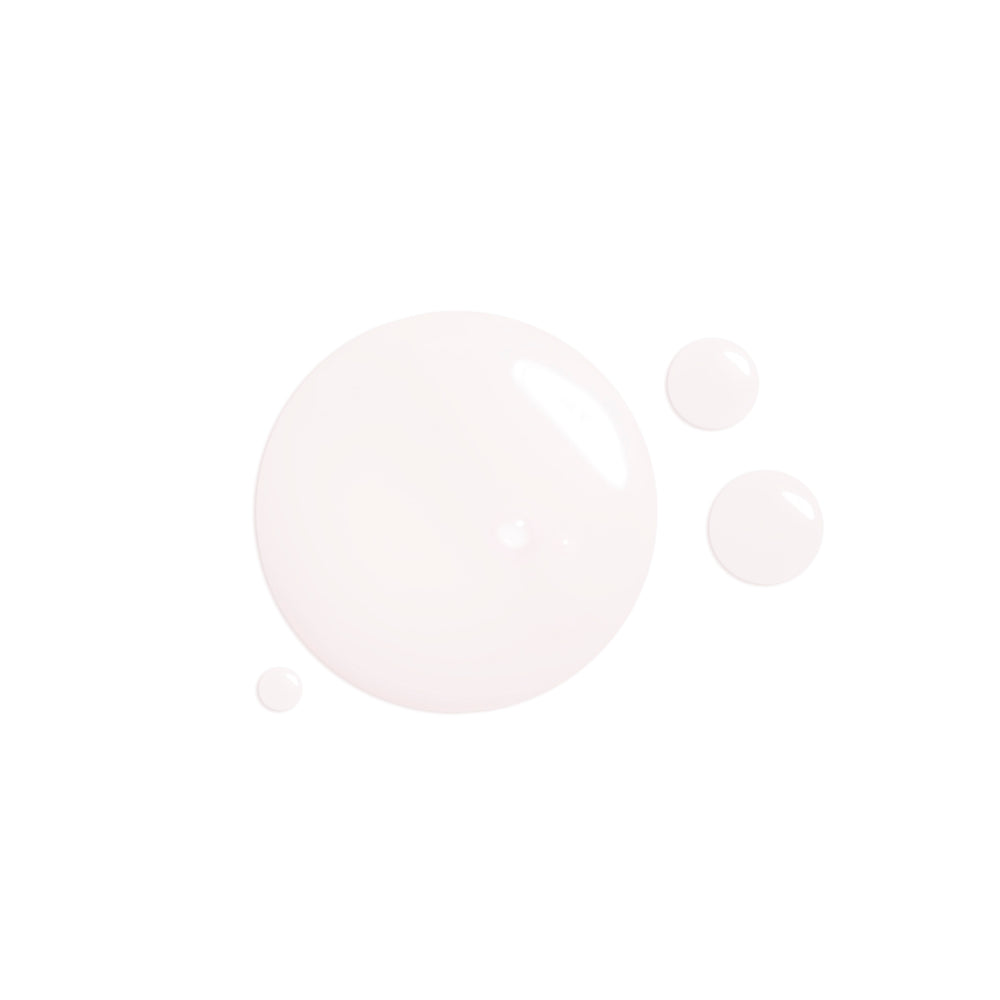
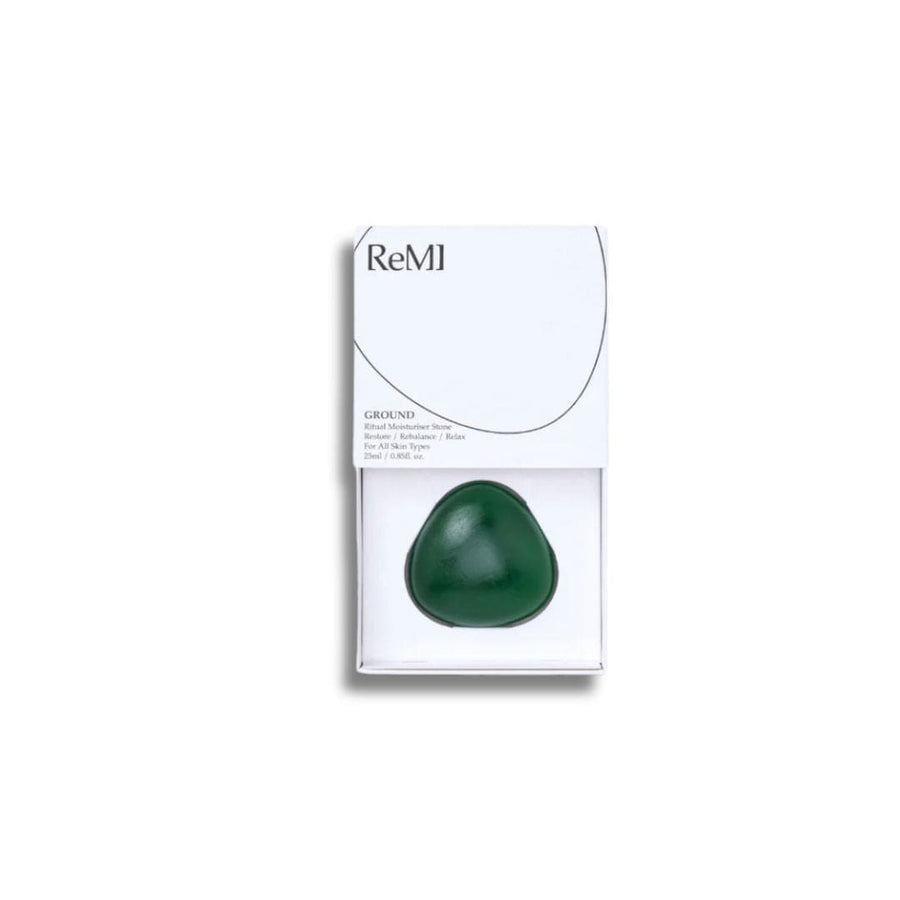
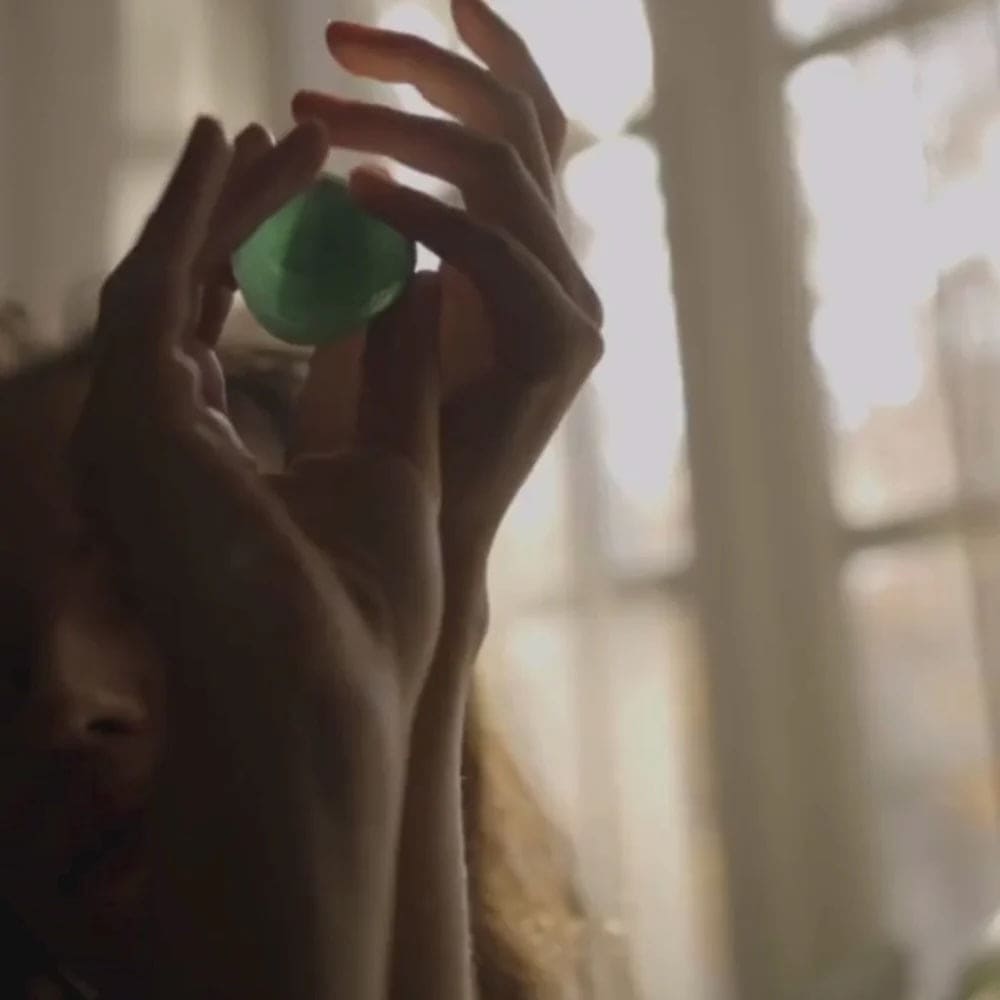

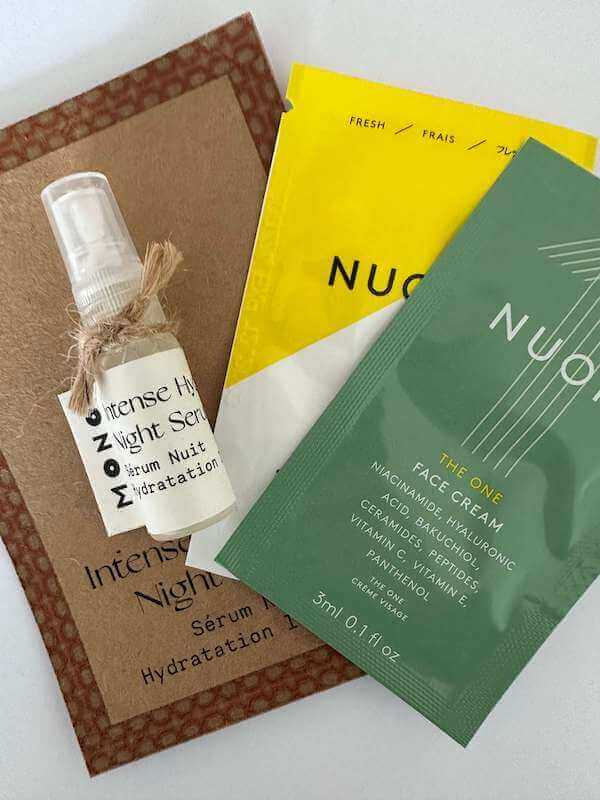
Hidden chemicals in beauty products are a serious issue—’fragrance’ can mask harmful ingredients like PFAS and phthalates, linked to health risks. Transparency is key. We need stricter labeling laws and brands that prioritize full disclosure. Informed choices start with knowing what’s really in our products. Visit: https://www.gpcgateway.com/home
Leave a comment